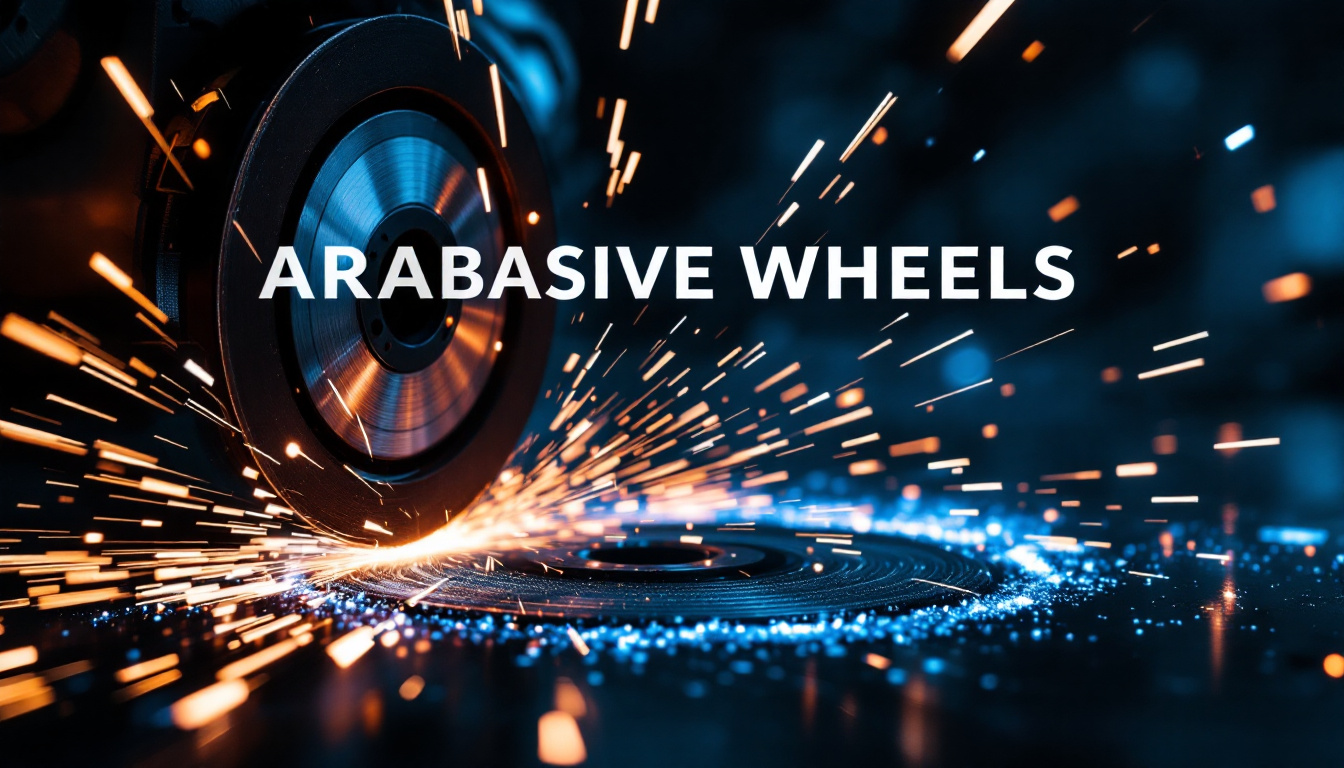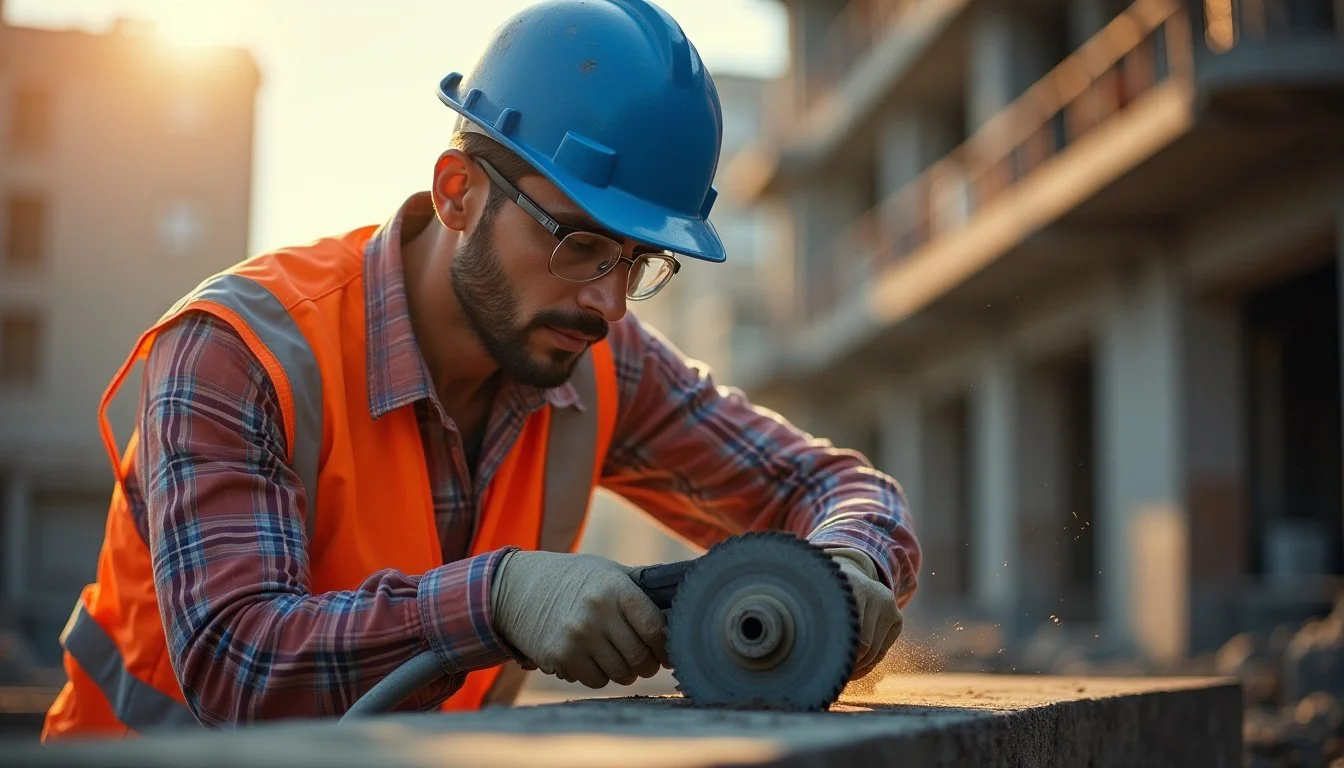
“Stay Sharp. Stay Safe.”
Abrasive Wheels Training
Abrasive wheels are commonly used in workshops, construction sites, and industrial settings for cutting and grinding—but they carry serious risks when mishandled. Injuries can occur from wheel breakage, contact with moving parts, flying debris, or improper use, often due to incorrect mounting, worn components, or lack of inspection. These hazards arise quickly and without warning, posing threats to both operators and nearby workers. A structured training course helps mitigate these risks by teaching safe operation, hazard awareness, legal responsibilities, and best practices—ensuring workers are competent, confident, and compliant.
The Abrasive Wheels Training Course provides essential knowledge and practical guidance for safely operating, mounting, and inspecting abrasive wheels. Designed to meet legal requirements under PUWER 1998, the course covers key topics such as hazard awareness, equipment types, wheel handling, and safe working practices. Ideal for operators and supervisors, it ensures competence, reduces risk, and promotes a strong safety culture in the workplace.
What You’ll Learn
By the end of this course, you’ll have the knowledge and confidence to work safely with abrasive wheels. You’ll learn how to:
Identify different types of abrasive wheels and the equipment they’re used with
Recognise the hazards and risks, from flying debris to vibration, noise, and dust
Understand the legal responsibilities of manufacturers, employers, and workers
Carry out a risk assessment specific to abrasive wheel use
Apply the right control measures to reduce or eliminate danger
Handle, store, mount, use, dress, and inspect abrasive wheels safely and correctly
Whether you’re new to abrasive wheels or need a refresher, this course gives you the tools to stay safe and compliant on the job.
On the course
At a glance…
6 - 10 delegates
Half day course
No qualifications or PPE required
This training course is delivered on-site at your location or at a training centre location and typically lasts half a day, No formal qualifications are needed to attend, making it accessible to all experience levels. Group sizes are kept small, usually between 6–10 delegates, to ensure focused, hands-on learning. Delegates are not required to bring any PPE for this training course

How it works….
Module 1: Introduction
Start strong with the essentials. This module sets the scene by exploring what abrasive wheels are, where they’re used, and why proper training is critical. You’ll learn about the types of wheels, the real risks involved, and the roles and responsibilities of manufacturers, employers, and employees. Backed by HSE guidance, it’s the foundation for safe, skilled, and compliant work.
Module 2: Law & Legislation
Know the rules—protect your people and your business. This module breaks down the key laws that govern abrasive wheel use, including PUWER 1998 and the Health and Safety at Work Act. Understand who’s responsible, what’s required, and what happens if things go wrong. It’s not just about ticking boxes—it’s about staying compliant, avoiding fines, and keeping your team safe every day.
Module 3: The Hazards
Abrasive wheels may look simple, but the risks are serious. In this module, we dive into the real dangers—wheel bursts, flying debris, entanglement, and more. Learn how and why accidents happen, what warning signs to look for, and how to stay ahead of potential hazards. Knowledge is the first line of defence—and this module makes sure your team is prepared.
Module 4: Abrasive Wheel Characteristics
Not all wheels are the same—and using the wrong one can be dangerous. This module breaks down the key features of abrasive wheels, including types, materials, markings, expiry dates, and speed ratings. Learn how to choose the right wheel for the job, how to spot damage or defects, and why proper storage and handling matter. Get the knowledge to work smarter—and safer.
Module 5: Grinding and Cutting Machinery
The right machine, used the right way, makes all the difference. This module covers the safe operation of common grinding and cutting equipment—like bench grinders, angle grinders, and cut-off saws. Learn about key components such as guards, tool rests, spindles, and safety switches, along with daily checks and maintenance essentials. Whether stationary or handheld, you’ll gain the confidence to use machinery safely, effectively, and in full compliance.
Module 6: Mounting the Wheel
Mounting might seem simple—but done wrong, it can be deadly. This module covers the correct procedures for safely mounting abrasive wheels, including selecting compatible components, using flanges and blotters, and applying the right torque. Learn how to avoid common mistakes that lead to wheel failure, and ensure every wheel is fitted securely, safely, and in line with manufacturer and legal requirements.
Module 7: Personal Protective Equipment (PPE)
The right PPE can be the last line of defence between a worker and serious injury. This module covers the essential protective gear for abrasive wheel use—including eye, face, hand, hearing, and respiratory protection. Learn how to choose the right PPE for the task, understand safety markings, ensure proper fit, and maintain equipment effectively. Protecting your team starts with being prepared.

Assessment


